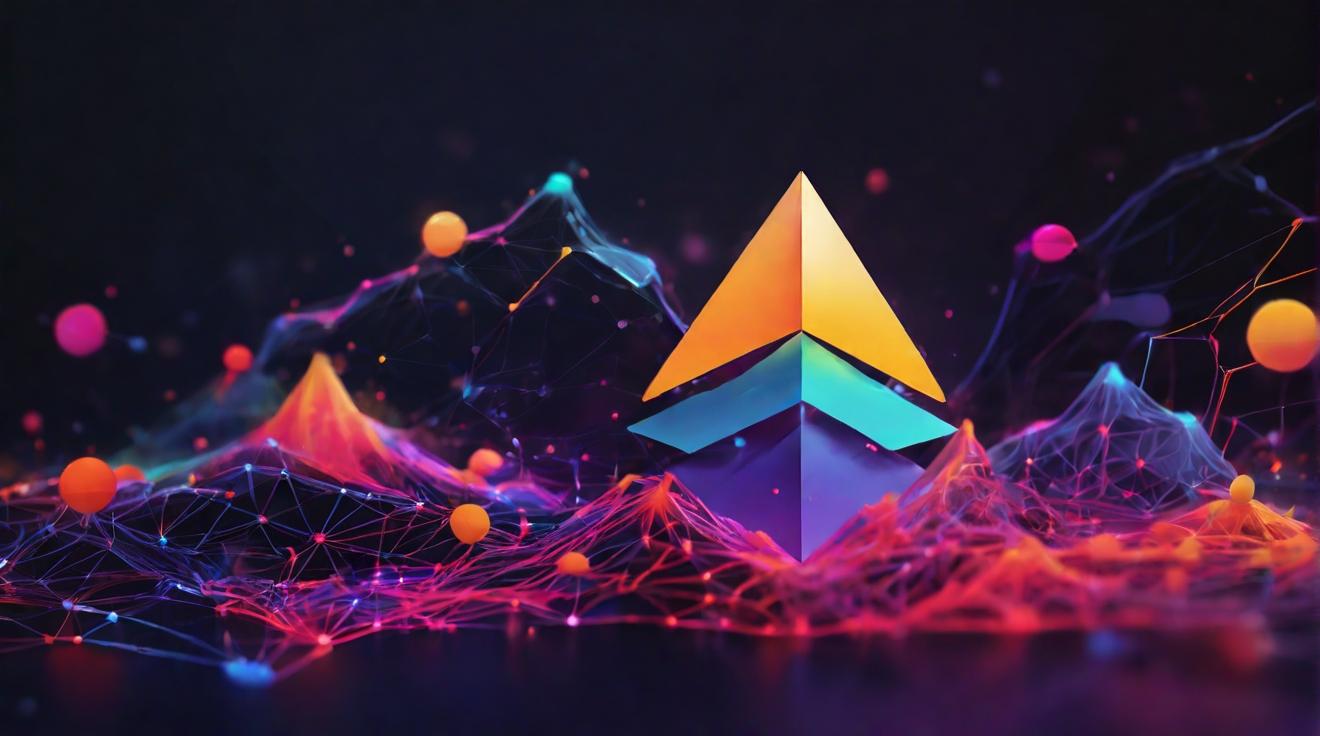Exploring Layer 1 Blockchains: Scalability and Network Performance
Blockchain technology has revolutionized various industries by providing a decentralized and secure platform for transactions and data storage. However, as the popularity of blockchain applications continues to grow, scalability and network performance have become critical factors in determining the success of a blockchain network. Layer 1 blockchains, which function as the foundation of the blockchain ecosystem, are at the forefront of addressing these challenges. In this article, we will delve into the world of layer 1 blockchains, exploring their scalability potential and network performance.
Unveiling the Potential: Evaluating the Scalability of Layer 1 Blockchains
Scalability is a key aspect of any blockchain network, as it determines the speed and efficiency of transactions. Layer 1 blockchains, such as Bitcoin and Ethereum, have faced scalability challenges due to their limited transaction processing capabilities. However, new layer 1 blockchains, like Solana, Polkadot, and Avalanche, are bringing forth innovative solutions to enhance scalability. These blockchain networks utilize various techniques, such as sharding, sidechains, and consensus improvements, to significantly increase transaction throughput and reduce latency. By leveraging these techniques, layer 1 blockchains are able to process a higher number of transactions per second, making them more scalable than their predecessors.
Stepping into the Future: Analyzing Network Performance of Layer 1 Blockchains
Network performance is crucial for a blockchain network to deliver a seamless user experience. Layer 1 blockchains are constantly improving their network performance by implementing advancements in consensus algorithms and network protocols. For example, Ethereum 2.0 is transitioning from a proof-of-work (PoW) to a proof-of-stake (PoS) consensus algorithm, which will significantly improve the network’s performance by reducing energy consumption and increasing transaction speeds. Additionally, layer 1 blockchains are adopting techniques like parallel transaction processing, optimized peer-to-peer communication, and efficient block validation to further enhance network performance. These improvements ensure that layer 1 blockchains can handle a higher number of concurrent transactions and maintain fast confirmation times.
The Holy Grail of Blockchain: Scaling Solutions for Layer 1 Blockchains
To overcome scalability challenges, layer 1 blockchains are actively exploring and implementing scaling solutions. One such solution is the implementation of layer 2 protocols, which are built on top of layer 1 blockchains and enable off-chain transaction processing. Layer 2 protocols, like the Lightning Network for Bitcoin and the Optimistic Rollups for Ethereum, allow for faster and cheaper transactions by reducing the load on the layer 1 network. These layer 2 solutions provide a scalable and efficient way to handle a large number of transactions without compromising the security and decentralization of the underlying layer 1 blockchain.
Breaking Down the Barriers: Overcoming Scalability Challenges in Layer 1
Scalability challenges in layer 1 blockchains arise from the inherent trade-off between decentralization, security, and scalability. As the number of nodes in a blockchain network increases, the consensus process becomes slower, leading to reduced scalability. Layer 1 blockchains are tackling these challenges by implementing various consensus algorithms, such as delegated proof-of-stake (DPoS) and practical Byzantine fault tolerance (PBFT), which allow for faster consensus without sacrificing security and decentralization. Additionally, layer 1 blockchains are exploring techniques like state sharding, where the blockchain is divided into smaller parts called shards, to parallelize transaction processing and increase scalability.
Performance Showdown: Comparing Layer 1 Blockchains to Enhance Network Efficiency
With the emergence of numerous layer 1 blockchains, it becomes essential to compare their performance to determine the most efficient network for specific use cases. Factors like transaction throughput, confirmation times, and network fees play a crucial role in evaluating the performance of layer 1 blockchains. Several benchmarking tools and methodologies have been developed to compare the performance of different layer 1 blockchains, providing developers and users with valuable insights into their capabilities. By analyzing performance metrics, stakeholders can make informed decisions about which layer 1 blockchain best suits their requirements, whether it be for decentralized finance applications, gaming platforms, or supply chain management systems.
In conclusion, layer 1 blockchains are at the forefront of addressing scalability and network performance challenges in the blockchain ecosystem. With innovative techniques and scaling solutions, layer 1 blockchains are breaking down barriers and paving the way for a more scalable and efficient blockchain future. The constant evolution and improvement of layer 1 blockchains ensure that blockchain technology can continue to revolutionize industries, providing secure and decentralized platforms for a wide range of applications.













